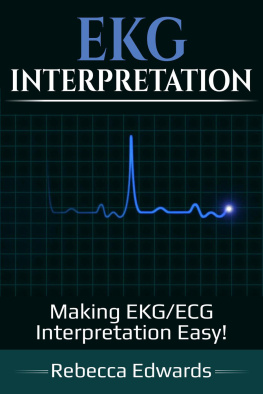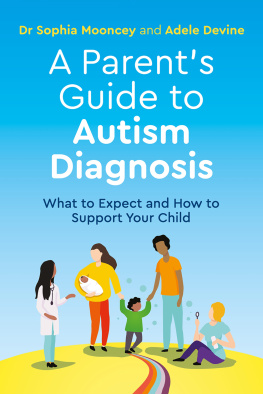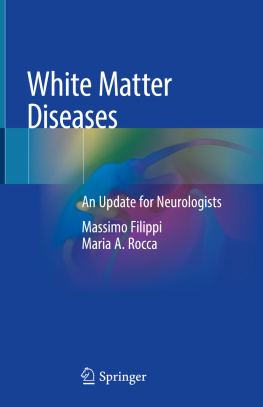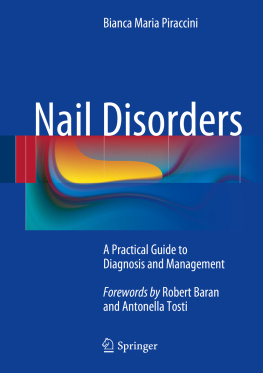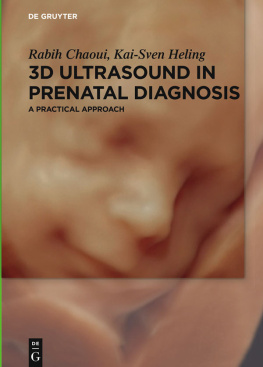EKG Interpretation
Making EKG/ECG Interpretation Easy!
Table of Contents
T hank you for taking the time to read this book about EKG/ECG interpretation! Whether you are studying to interpret Electrocardiograms, or if you simply want to better understand your own diagnosis and results, this book will be able to help.
In the following chapters, you will learn about what en EKG is, the different types you may encounter, and how they work.
Most importantly, you will learn about the different conditions that an EKG can help to diagnose, and how to diagnose them.
Finally, you will learn about the implications of each diagnosis, and what steps may be taken post-diagnosis in order to improve or alleviate those conditions entirely.
This book doesnt aim to give you medical advice to act upon, but rather is exists to serve as a guide to Electrocardiograms for the layperson, or anyone who needs an additional study resource.
Once again, thanks for choosing this book, I hope you find it to be helpful!
Chapter 1: Definition of Electrocardiogram
W hat is an Electrocardiogram ?
An electrocardiogram, also known as EKG or ECG, is a diagnostic tool used to record the muscular and electrical functions of the heart. This test monitors the status of the heart in many situations and detects heart problems.
With every beat of the heart, a wave or electrical impulse travels through the heart and causes the muscle to pump and squeeze blood from the heart. The EKG/ECG measures the rhythm and rate of the heartbeat, and also provides indirect proof of the heart muscles blood flow.
H ow Is It Done?
EKG/ECG tests are often performed in a hospital room, a doctors office, or a specialized clinic. Ambulances and operating rooms are also equipped with an EKG/ECG as standard equipment. An electrocardiogram is quite a simple test to perform, but the interpretation of the EKG/ECG tracing requires an enormous amount of training.
EKG/ECG tests are painless and noninvasive, and render quick results. To detect the electrical activities of the heart, sensors (electrodes or patches) with adhesive pads are attached to the chest, arms, and legs of the patient during an EKG/ECG test. Typically, these electrodes are attached for only a few minutes.
For a routine EKG/ECG, a standardized system has been created for the placement of the electrodes. It takes 10 electrodes to have a view of 12 areas of the heart. Six electrodes are placed on the chest, and one on each arm and leg. The signals from all the electrodes are recorded on the ECG machine, which also prints the tracings to a paper.
Newer ECG machines are now equipped with video screens that can help the doctor, nurse, or technician to determine whether the quality of the ECG tracings is sufficient, or if the test must be repeated. There are now ECG machines that have computer programs to help interpret the ECG results, but they may not be completely accurate.
In some cases, the physician may have to evaluate the heart from various angles after the first ECG. The chest leads will then be attached on the back, or across the right chest wall.
In comparison to EKG/ECG, a heart monitor only uses three electrodes one each on the left chest, left arm, and right arm. It only measures the rhythm and rate of the heartbeat. This type of monitoring is not a complete electrocardiogram.
H ow to Prepare for an EKG
Although there are no actual preparations necessary before having an EKG, you can still do some things to prepare yourself for it, including:
- Wear a shirt that can be easily removed to place the electrodes on your chest.
- The skin must be dry and clean to avoid electrical interference to obtain an acceptable ECG tracing or interpretation. You may have to aggressively towel off your skin.
- If you are a male, you may have to shave your chest hair to allow better connection of the electrodes on your skin.
- Avoid ankle-length legwear because there are electrodes that will be placed on your legs.
- Avoid lotions and oily skin cream on the day of the EKG because they can make the electrodes resist contact with your skin.
- Before taking the EKG, inform your doctor about any supplements or medications you are taking as they may have an effect on the results of the test.
Will You Need More Tests After the Initial EKG?
You may need to do other tests later on, depending on the EKG findings and the symptoms you feel. For instance, if the test result is normal after taking an ECG at rest, but you feel chest pain or shortness of breath when walking uphill or upstairs, you will most likely be recommended to take a stress test or exercise EKG. This test will be recorded while you are walking on a treadmill.
Consequently, this test may give rise to further evaluations, such as a coronary angiogram or CT angiogram to check if there is anything that obstructs blood flow to your heart.
If you are experiencing palpitations or a rapid, irregular heartbeat, you may then be asked to take a longer EKG recording to find out if the palpitations are because of an abnormal heart rhythm. The recording may last for more than a few days, and you will have to use a small wearable EKG monitor.
B asic Anatomy of the Heart
There are four chambers of the heart: the right and left ventricle and the right and left atrium.
The two atria function as receiving chambers for blood that enters the heart, while the ventricles pump blood out of the heart.
This is how the blood flows throughout the body:
- Oxygen-rich blood that comes from the lungs goes into the left atrium via the pulmonary veins.
- The blood flows into the left ventricle and is then pumped into the aorta and circulated to the other parts of the body. This blood supplies cells and organs with nutrients and oxygen necessary for metabolism.
- The blood that goes back to the heart is poor in oxygen and brings along carbon dioxide, which is the waste product of metabolism. Through the vena cava, the oxygen-depleted blood goes into the right atrium and pumps into the right ventricle.
- Through the pulmonary artery, the right ventricle pumps the oxygen-depleted blood to the lungs, wherein carbon dioxide is removed and oxygen is replaced.
Next page
